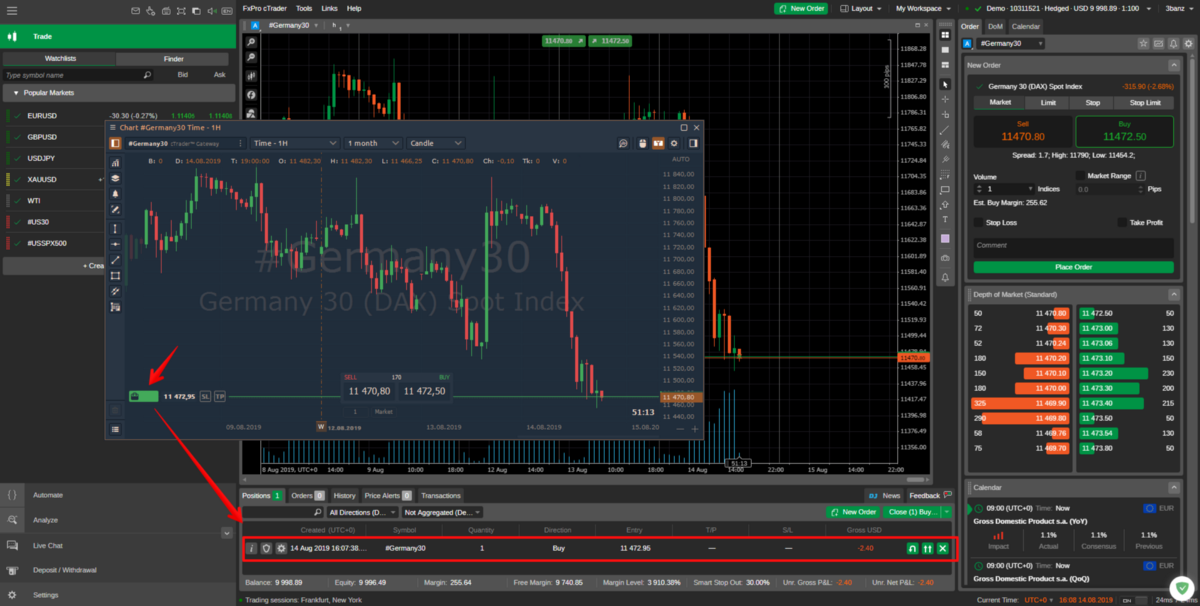The distinctions between connected TV (CTV), over-the-top (OTT), and linear television (TV) may seem outdated, even if the industry still debates them. In practice, most consumers don’t care about these distinctions—they simply watch the content they love, regardless of the screen or streaming service. As Scott Schiller, global chief commercial officer at ENGINE and a respected voice in media sales, puts it, “Consumers watch content, not platforms. Our job is to follow their lead and meet them where they are.”
Rethinking the Traditional Model: Linear, OTT, and CTV
The media industry has historically been slow to embrace new formats. Each shift has come with reluctance and lengthy debates on value: Radio had to prove itself against print, television competed with radio, and cable was dismissed until its niche appeal was recognized. As Schiller points out, “Today’s streaming and connected devices are simply the latest evolution, yet we’re still applying legacy standards that only work to the detriment of new formats and the audiences they reach.”
Despite OTT and CTV’s rise, traditional television remains deeply ingrained. But advertisers should reconsider the lines drawn between these formats. If a viewer chooses to watch a show on linear TV or CTV, does it make sense for the ad industry to value that viewer differently depending on the device? “We continue to penalize audiences for their preferences by segmenting the very same people based on where they happen to watch. It’s time to break away from that approach,” Schiller observes.
The Dangers of Legacy Thinking in Media Buying
Sticking to legacy thinking has its costs. Consumers have demonstrated their preference for flexibility and control, moving away from linear TV’s set programming to OTT and CTV, where they can access content on demand. Yet, the advertising industry often treats these audiences differently, with linear advertising sometimes carrying more weight simply because it’s been around longer. This bias against new media isn’t just inefficient; it’s a missed opportunity.
Legacy thinking influences ad spend, with CTV currently capturing only 4% of overall media budgets, despite reaching roughly 80% of U.S. viewers in 2020. The numbers highlight a clear gap: 45.7 million Gen Z viewers, 56.5 million Millennials, 48.5 million Gen Xers, and 32.8 million Baby Boomers are watching CTV, yet advertisers continue to undervalue the platform. Schiller asserts, “We should focus on the incredible reach these platforms provide and invest accordingly. The real question is how to best engage consumers where they’re already spending their time.”
Meeting New Media Viewers Where They Are
The conversation shouldn’t revolve around which platform is superior, but rather how we can make content discovery seamless for viewers, regardless of the medium. The multitude of streaming options and cable services makes finding specific content challenging, which can impact a viewer’s experience. Advertisers and media companies need to support discovery rather than emphasize distinctions between digital clips and in-show content.
Premium content, ultimately, is defined by the viewer. Industry distinctions around “premium” are, in many cases, arbitrary. Schiller elaborates, “Look at YouTube’s famously viral cat videos—often used as the poster child for what’s dismissed as ‘low-quality digital content.’ Yet millions tune in regularly, making this type of content appointment viewing for them. To these viewers, cat videos may hold the same value as the Super Bowl does for others. Premium is in the eye of the beholder, and we must respect that.”
The Role of Platforms like Prende TV, Pluto TV, and Tubi
Some platforms have begun to blur the lines between CTV, OTT, and traditional media, catering to the consumer’s preference for seamless content discovery. Prende TV, Univision’s new streaming service, provides free access to premium Spanish-language content, eliminating geographic boundaries and reaching audiences often overlooked by traditional media. Platforms like Pluto TV and Tubi have also made strides in offering diverse content choices with easy navigation, giving users control over their viewing experience.
These platforms represent progress by prioritizing the viewer’s experience over traditional categorizations. They remind advertisers to adopt a similar approach and focus on the audience’s needs first, rather than penalizing new media simply because it differs from the old model. “Putting consumer preferences first makes all the difference,” Schiller notes. “The platforms that succeed will be the ones that recognize that consumers don’t care about the boundaries we place—they just want quality content, delivered seamlessly.”
The Need for Evolving Measurement Standards
The reluctance to treat new media on par with traditional formats is tied closely to the lack of unified measurement standards. In linear TV, the gross rating point (GRP) has long been the primary metric. However, the GRP doesn’t translate neatly to the digital world, where walled gardens of audience data and programming are becoming increasingly common.
Advertisers have been slow to adopt alternative metrics for CTV and OTT, with many holding out hope for a singular cross-platform measurement solution. But, as Schiller says, “A one- size-fits-all measurement metric across platforms is a dream that no longer serves us.
Instead, we should embrace the diversity of measurement tools available and apply them based on context.”
Rather than chasing an elusive single measurement, advertisers would do well to focus on the incrementality and synergy across platforms. Each digital channel presents a new
opportunity to reach audiences uniquely. Acknowledging this diversity can lead to more tailored, effective advertising campaigns that truly connect with the consumer.
Growth Through Change
The move toward CTV and OTT isn’t just about shifting budgets; it’s about rethinking the approach to advertising altogether. While many brands are hesitant to allocate more resources to these formats, their growth trajectory is hard to ignore. CTV spending rose 25% last year alone, and its growth shows no sign of slowing. However, 60% of advertisers still don’t spend on CTV, leaving an enormous gap in reaching viewers.
For the advertising industry to adapt successfully, it must recognize that linear, OTT, and CTV are all parts of a broader ecosystem. Consumers dictate appointment TV through their choices, and advertisers should meet them accordingly. Schiller explains, “Breaking free of the legacy mindset means understanding that today’s viewer is in control. The job of media buying is no longer about choosing one channel over another, but instead about building a cohesive strategy that surrounds the consumer with the right message at the right time.”
Moving Forward in a Converged Media Space
The reality is that the distinctions between linear, OTT, and CTV matter less to consumers than they do to the industry. By following the consumer’s lead and treating all viewing experiences as part of the same ecosystem, advertisers can tap into the full potential of convergent media. “Today’s viewer doesn’t differentiate between a clip on their phone and a show on their TV,” Schiller says. “It’s all TV to them, and it should be to us, too.”
Adaptability and a willingness to challenge the old model are essential. Moving forward, advertisers should focus on the consumer experience, leverage the unique strengths of each platform, and embrace evolving metrics suited to the digital era. The sooner we break from legacy thinking, the sooner we can maximize the reach and engagement potential in our ever-evolving media environment.



































































